Sweetheart Lilac Starter Plant – 5-7 Inch – Fragrant Pink Flowers – Hardy Shrub
Original price was: $39.99.$24.99Current price is: $24.99.
The Sweetheart Lilac is a cold-hardy shrub with fragrant, powder-pink double blooms. Shipped as a 5-7 inch starter plant, it’s ideal for gardens and cut flowers. Thrives in Zones 2-7.
Out of stock
Estimated arrival
Dec 28
Jan 02 - Jan 04
Jan 07 - Jan 11
Reasonable Price
We offer reasonable price

Support 24/7
Contact us 24 hrs a day

100% Money Back
You've 30 days to Return

Payment Secure
100% secure payment
Sweetheart Lilac: A Fragrant Addition to Your Garden
The Sweetheart Lilac (Syringa X Hyacinthiflora ‘Sweetheart’) is a fragrant, fast-growing deciduous shrub that brings elegance and charm to any garden. This cold-hardy lilac variety thrives in Zones 2-7, making it an excellent choice for cooler climates and offering a beautiful display of pink flowers. In spring, it produces clusters of stunning powder-pink double flowers with an enchanting fragrance, attracting pollinators like butterflies and bees. Enjoy the beauty and sweet scent of this delightful shrub in your outdoor space.
Its compact, upright growth habit allows it to reach heights of 8+ feet, making it ideal for hedges, privacy screens, or standalone ornamental displays. The Sweetheart Lilac allows you to create a beautiful, fragrant barrier, adding both privacy and visual appeal to your landscape. Its manageable size also makes it suitable for smaller gardens where space is limited.
This starter plant is shipped in a dormant state (leafless in fall and winter) to ensure safe transport and optimal planting success. With proper care in full sun and well-drained soil, the Sweetheart Lilac will flourish, delivering breathtaking blooms year after year. Planting a dormant lilac ensures it establishes a strong root system before the growing season, increasing its chances of thriving.
Key Features and Benefits:
- Type: Deciduous flowering shrub
- Size: 5-7 inches (starter plant)
- Color: Powder-pink double flowers
- Fragrance: Strong, sweet scent
- Hardiness Zone: 2-7 (cold-hardy)
- Growth: Reaches up to 8+ feet tall
- Soil Requirements: Prefers well-drained soil
- Light Needs: Thrives in full sun
- Use: Ideal for landscaping, cut flowers, hedges, and privacy screens
Sweetheart Lilac FAQs
Q: How tall does the Sweetheart Lilac grow? A: This lilac variety grows to approximately 8+ feet tall, making it perfect for hedges and privacy screens. It provides ample height for creating a natural barrier or adding vertical interest to your garden.
Q: When will my Sweetheart Lilac bloom? A: Blooms appear in early to mid-spring, producing beautiful powder-pink double flowers with a strong fragrance. Anticipate a stunning display of color and scent during the spring season.
Q: How should I plant and care for my starter plant? A: Plant in full sun with well-drained soil, water regularly, and prune after flowering to encourage healthy growth. Proper planting and care will ensure your lilac thrives and blooms abundantly.
Q: Is this plant shipped in an active growth state? A: No, it is shipped dormant (leafless in fall and winter) for safe transport and will regrow in spring. This dormancy period allows for safe shipping and ensures strong root development.
Q: Is Sweetheart Lilac deer-resistant? A: Yes, lilacs are generally deer-resistant, making them an excellent choice for gardens with wildlife concerns. Enjoy your lilac without worrying about deer damage.
Q: How often should I water my Sweetheart Lilac, especially when it’s newly planted? A: Water deeply and regularly, especially during the first year after planting. Aim for about 1 inch of water per week, increasing during hot, dry spells. Consistent watering helps establish a strong root system.
Q: What type of fertilizer is best for Sweetheart Lilacs? A: Use a balanced fertilizer (10-10-10) in early spring to promote healthy growth and abundant blooms. Avoid over-fertilizing, as this can reduce flowering.
Q: How much space should I allow between Sweetheart Lilac plants if I want to create a hedge? A: Space them about 5-6 feet apart to allow for adequate growth and air circulation. This spacing will ensure a dense and healthy hedge over time.
Q: What kind of sun exposure does Sweetheart Lilac need to bloom profusely? A: Sweetheart Lilacs need at least 6 hours of direct sunlight each day. Full sun exposure ensures the best flower production and overall health.
Q: How do I know if my soil is well-drained enough for a Sweetheart Lilac? A: Well-drained soil allows water to drain quickly without pooling. If water takes more than a few hours to drain after watering or rain, amend the soil with organic matter like compost or peat moss to improve drainage.
Be the first to review “Sweetheart Lilac Starter Plant – 5-7 Inch – Fragrant Pink Flowers – Hardy Shrub”
-
USDA Hardiness Zone
2-7 -
Soil Type
Well-drained soil -
Sunlight Exposure
Full sun -
Expected Planting Period
Spring or Fall

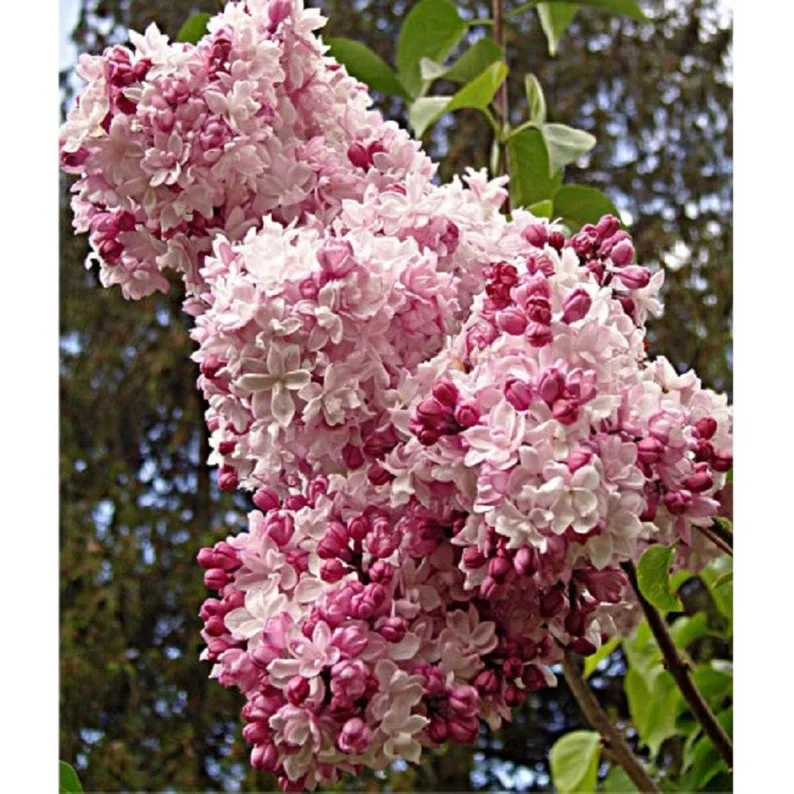
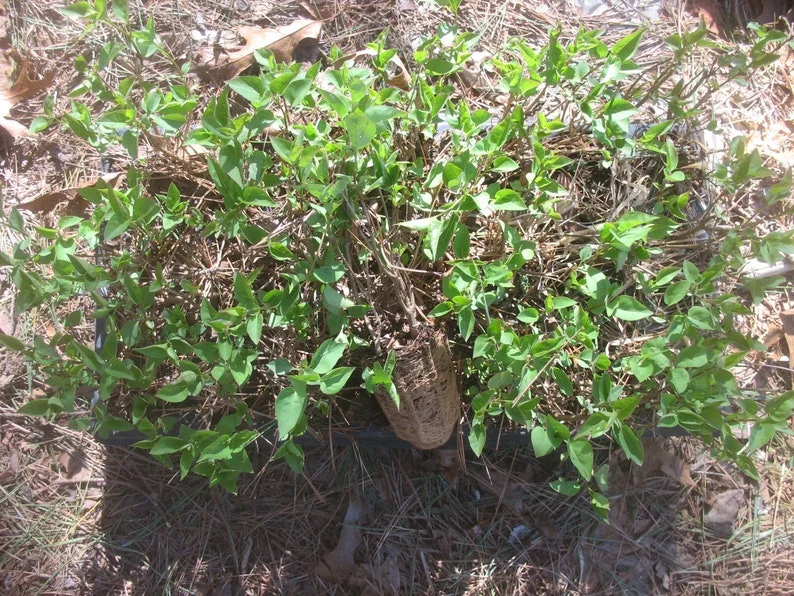

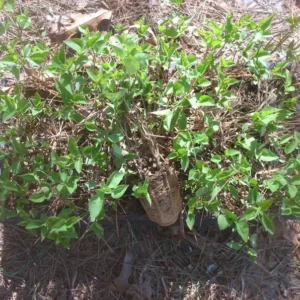







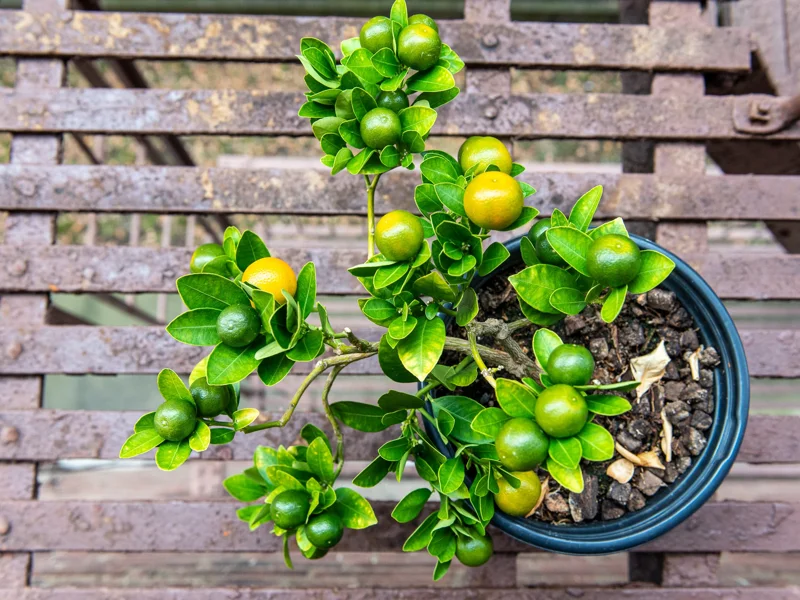
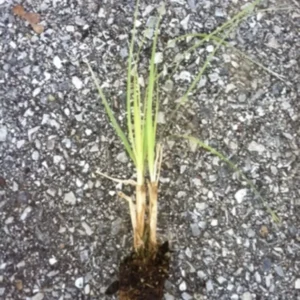
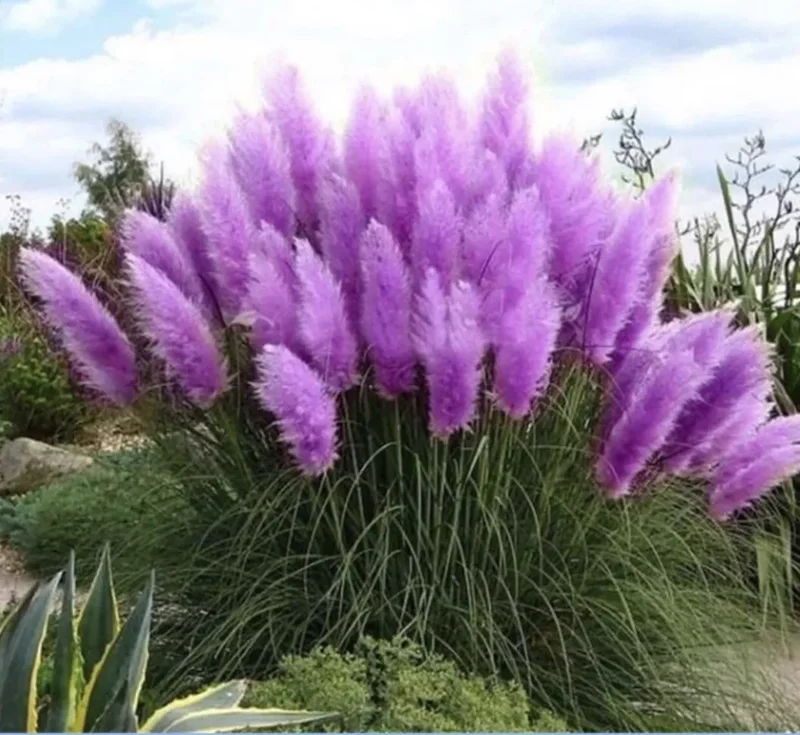
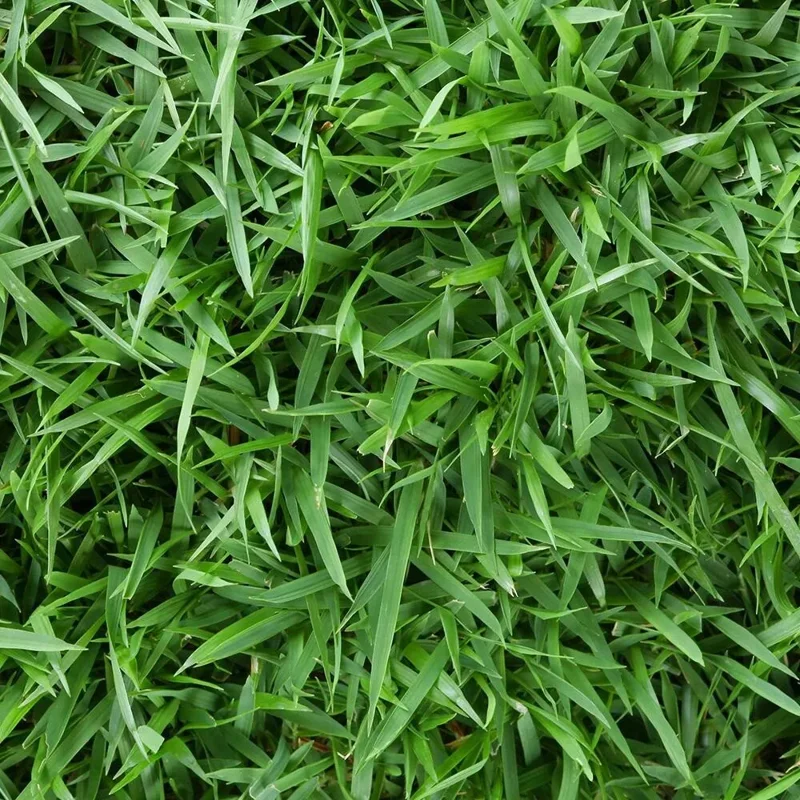


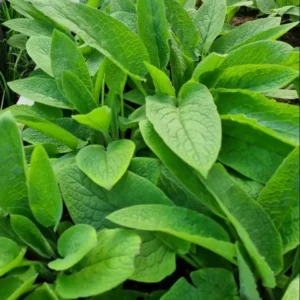
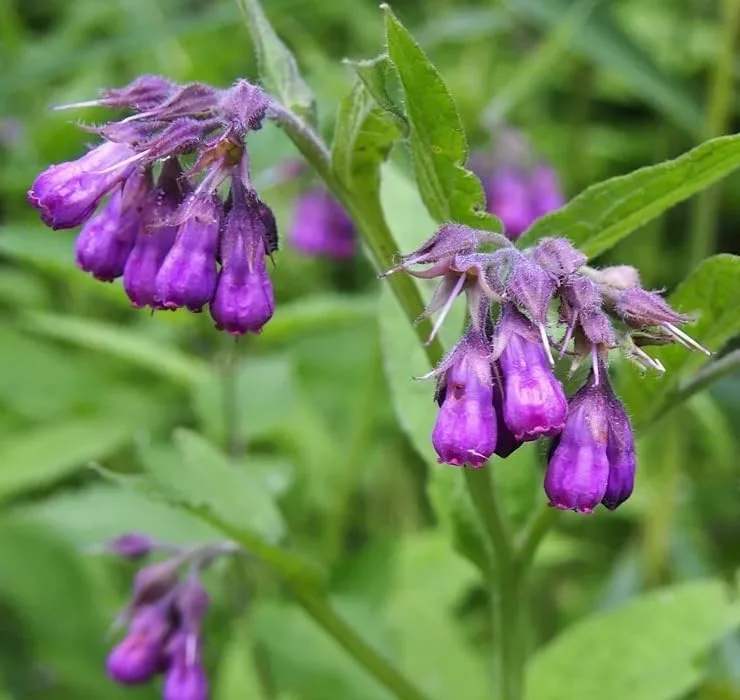

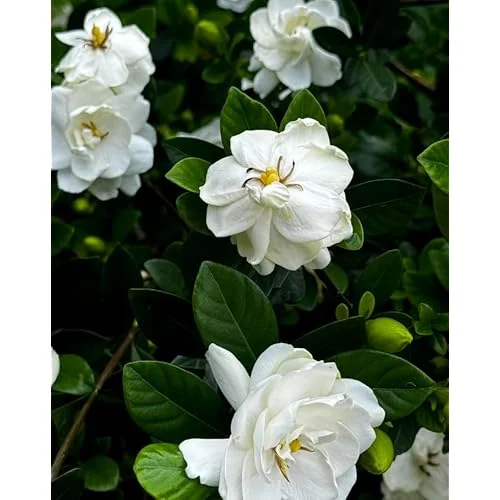


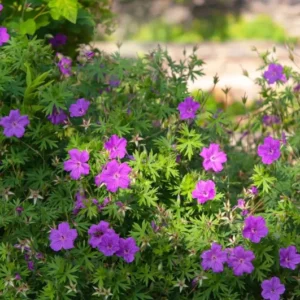
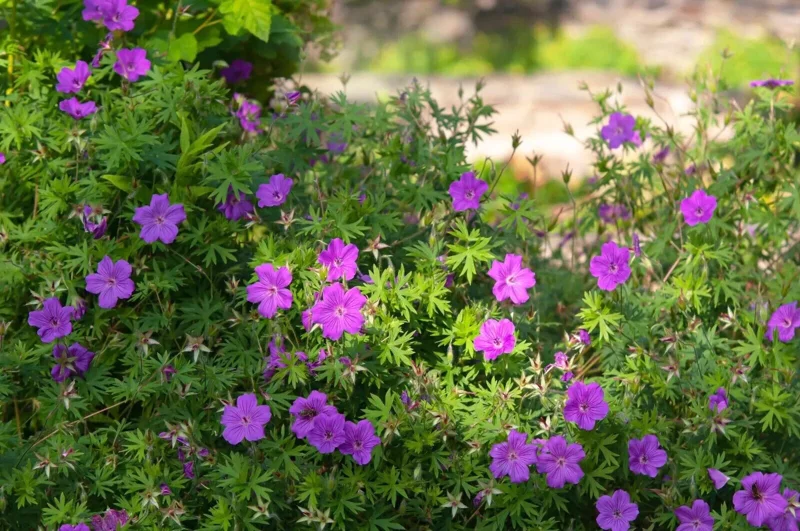
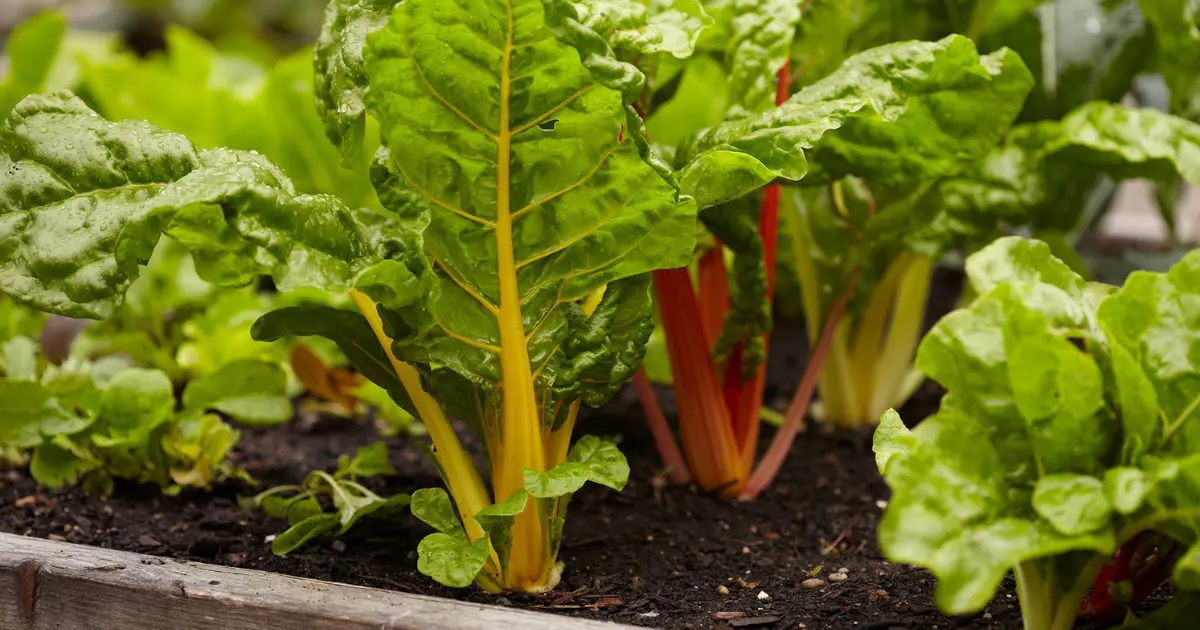
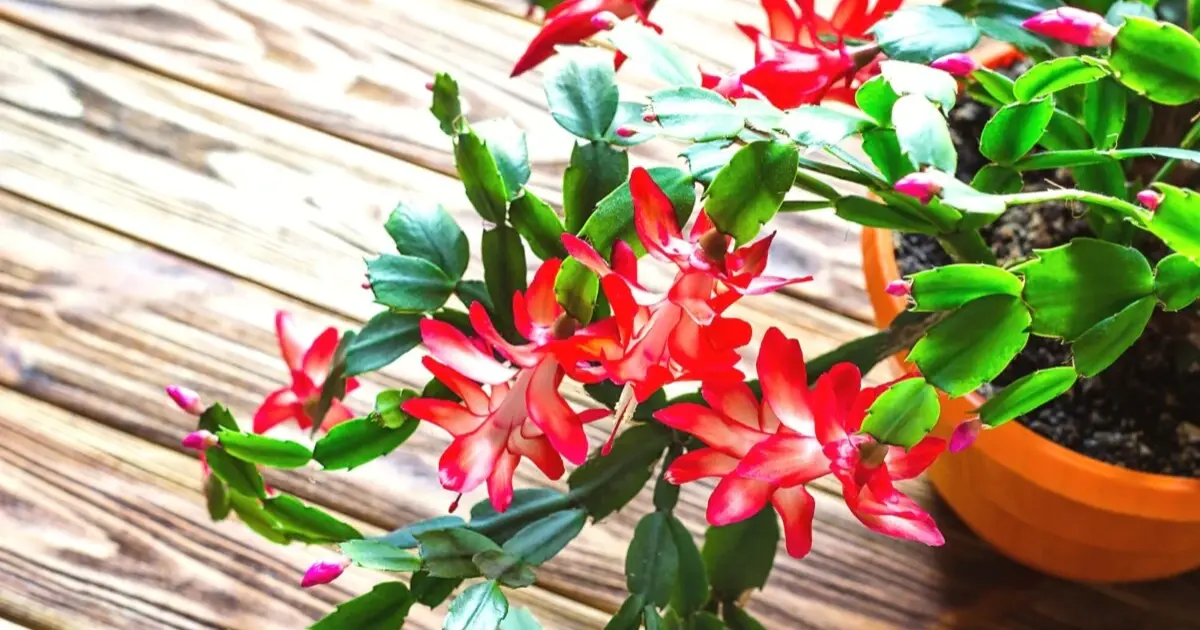
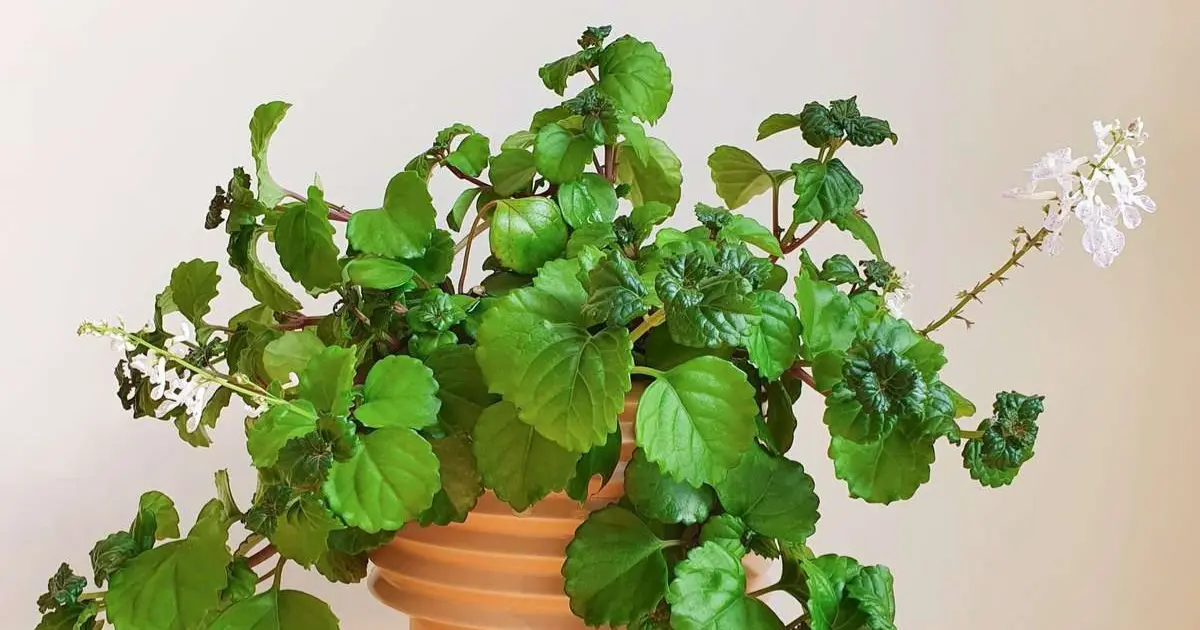
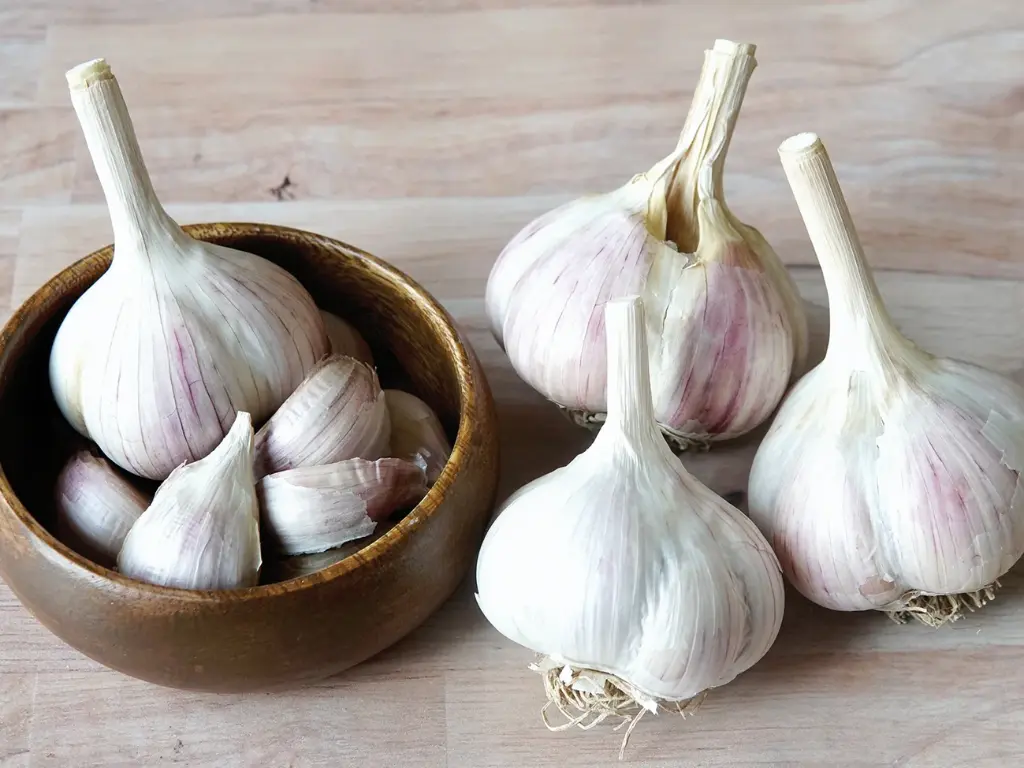
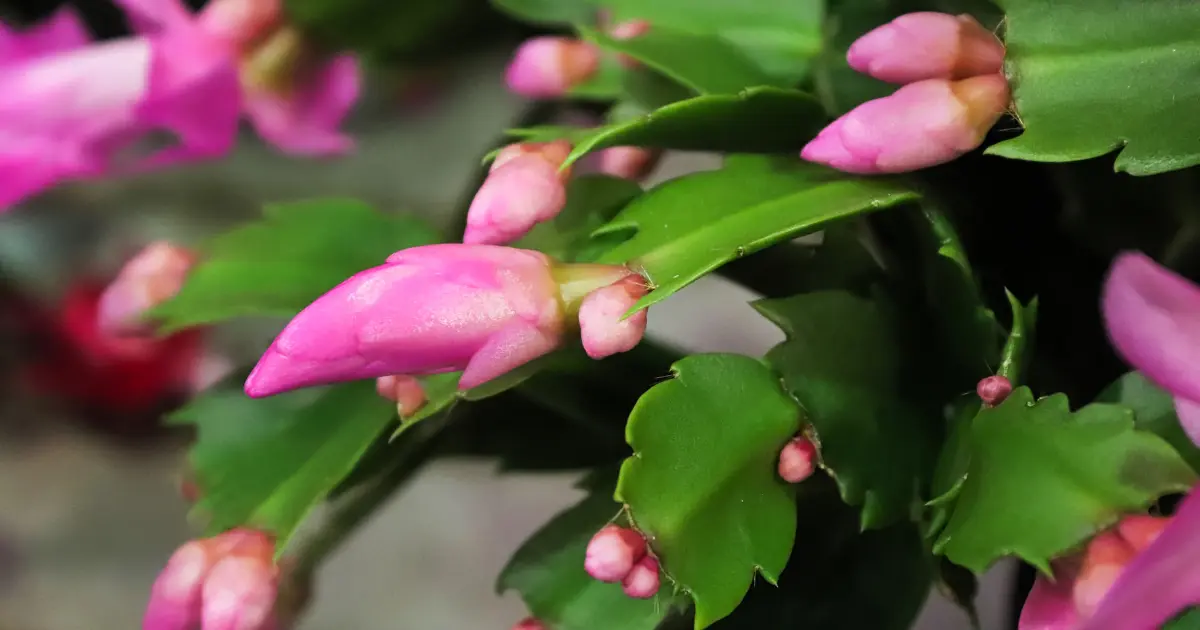

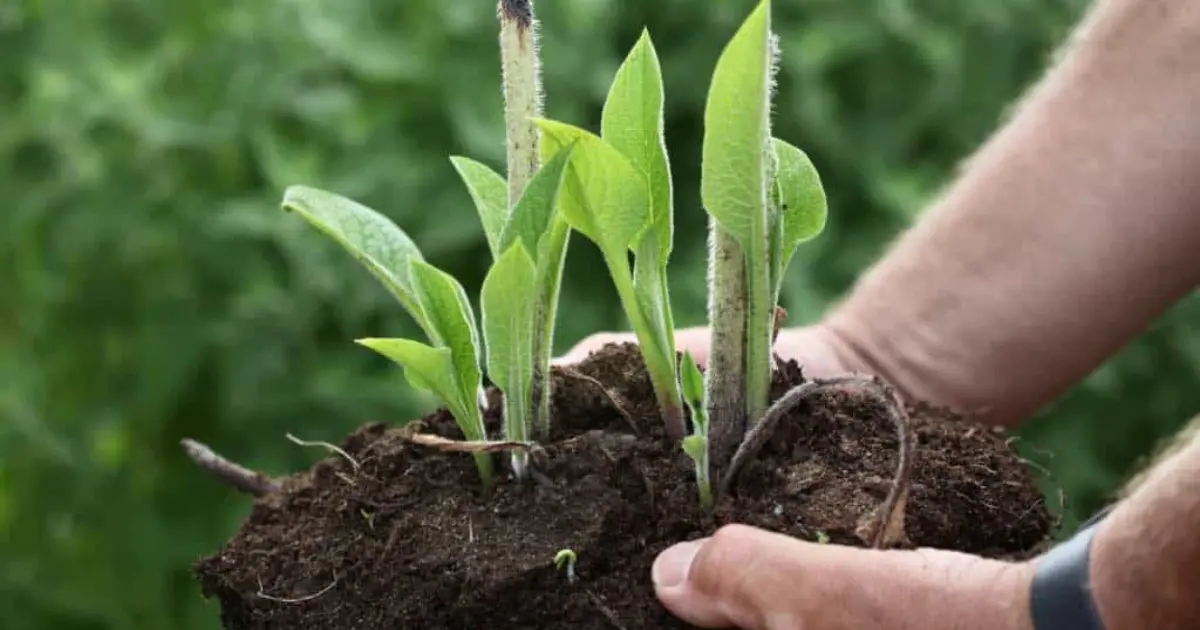




Reviews
There are no reviews yet.